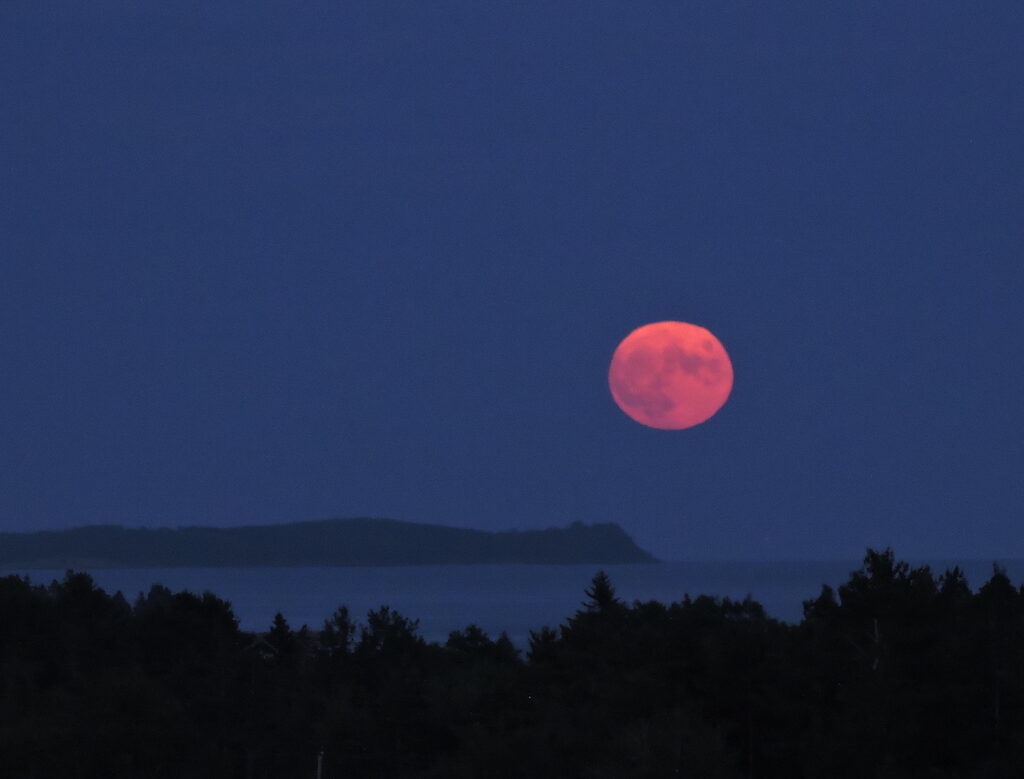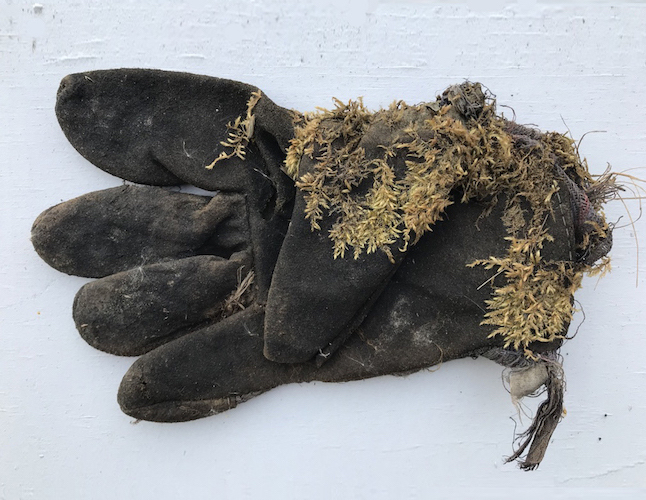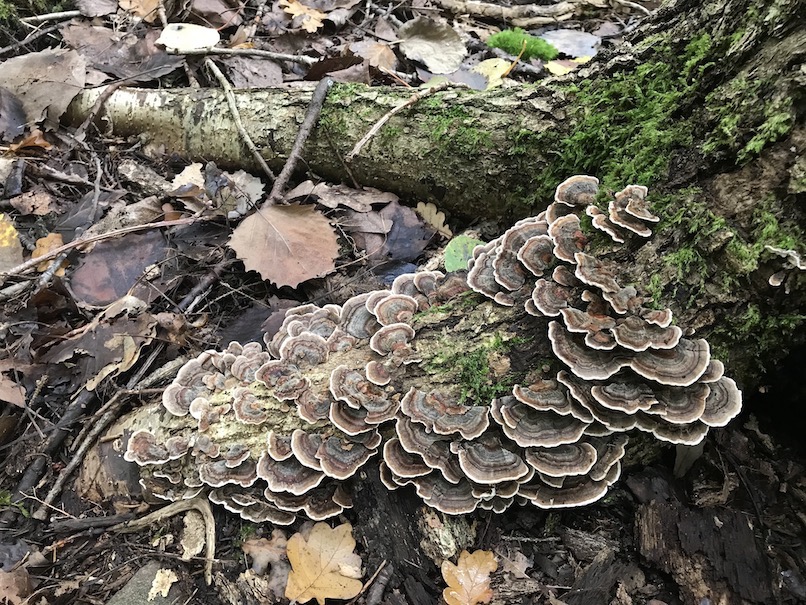
It’s easy to name artists who depict nature: Van Gogh, Monet, Hokusai, O’Keefe. What about nature photographers? Much harder. In part because it’s so common. Who hasn’t taken a picture of a flower, a reflection in water, a sunset. If everyone does it, how to stand out? A few photographers do, though they may not be household names. Anselm Adams, Ami Vitale, Edward Burtynsky, David Yarrow. Adams, of course, is closely associated with Yosemite National Park and with campaigns to preserve wilderness in the early decades of the 20th century. Adam’s images depict nature untouched: snowy mountains and pristine forests, Eden-like, uncorrupted by human presence. He captures weather, like many painters do, and depicts sweeping vistas that have a sense of drama and epic scale. Unlike painters, Adams relishes the machine-sharpness of his images and every detail is captured with utmost clarity and focus. You might say, he was a Romantic modernist, aware of traditions, but also breaking from them, declaring photography as an art form in its own right, not just an imitation of painting.
At the moment, nature writing is in vogue, as best-selling authors call into question cultural values, changing perspectives. Words and images can do this. For example, I’m working with curators Melanie Zurba and Pamela Edmonds on a photo exhibition called “Worried Earth.” The curators asked children to take pictures with their phones capturing their feelings around climate change. Every image leads to a personal diary essay. This is often how we receive photos, not in isolation, not in a pristine gallery, but accompanied by text, on social media, surrounded by other media, the gateway to a broader story. The photographer is not just an image taker, but also a writer, a journalist, a social commentator, social influencer. This is how I see myself. Not so much as an influencer, but as someone engulfed by media. I’m a child of Instagram aspiring to be a wildlife photographer, conflicted at every level, trying to break free of the metaverse to engage with a wider wilder world.

Nature writers tend to reveal as much about themselves as they do about the natural world. Exploring nature is an avenue for self-discovery. I think of Diane Ackerman’s fearlessness and sense of wonder as she travels to a remote corner of the globe and swims with a whale and her newborn calf. Kathleen Jamie describes the people who study nature, the difficulties they face in solving problems, the uncertainties of science. Michael McCarthy describes a vanishing world, nature’s riches, not disappearing, but dwindling, reduced in number and quality. Suzanne Simard is altogether more inspiring as she describes the intelligence of trees and their ability to connect with each other and with other parts of the forest. Trees display ultra-sentient, cooperative, holistic ways of being that people might aspire toward us as we try to cope with rapid change and loss of familiar spaces.

To summarize, nature photography owes a debt to art traditions. We are aware of such movements as Romanticism, with its sense of grandeur and the sublime; Impressionism, with its moody play of light and mist; and Modernism, with its focus on abstraction and design. Land Art uses on-site arrangements of natural materials, creating art that could not be recreated in a gallery setting. Nature photography can bring awareness of a valued resource to a wider audience. It can demonstrate harmful practices and advocate for change. Nature photography can also tell a story of adventure, of challenge, of living with conflicted values, flaws and fears. It can be personal, psychological, and lead to self-discovery and growth of character. Photography can also engage with science and lead to a better understanding of ecosystems and survival strategies. And finally, a nature photographer is someone who is walking woods and shoreline, learning, exploring, sharing with friends, and these communal outdoor actions can help us heal and reconnect with the world.